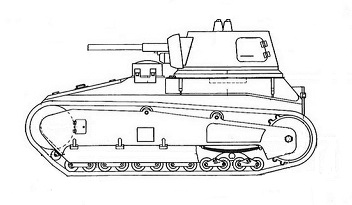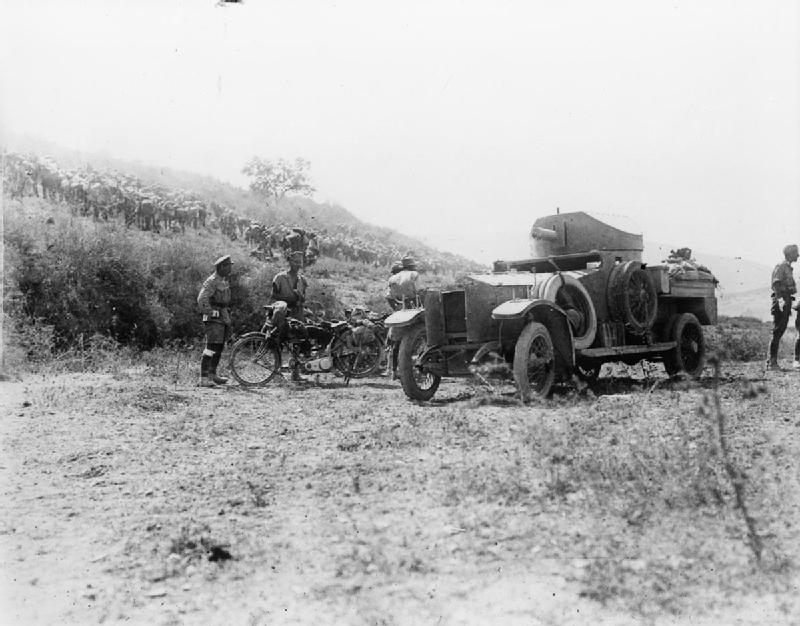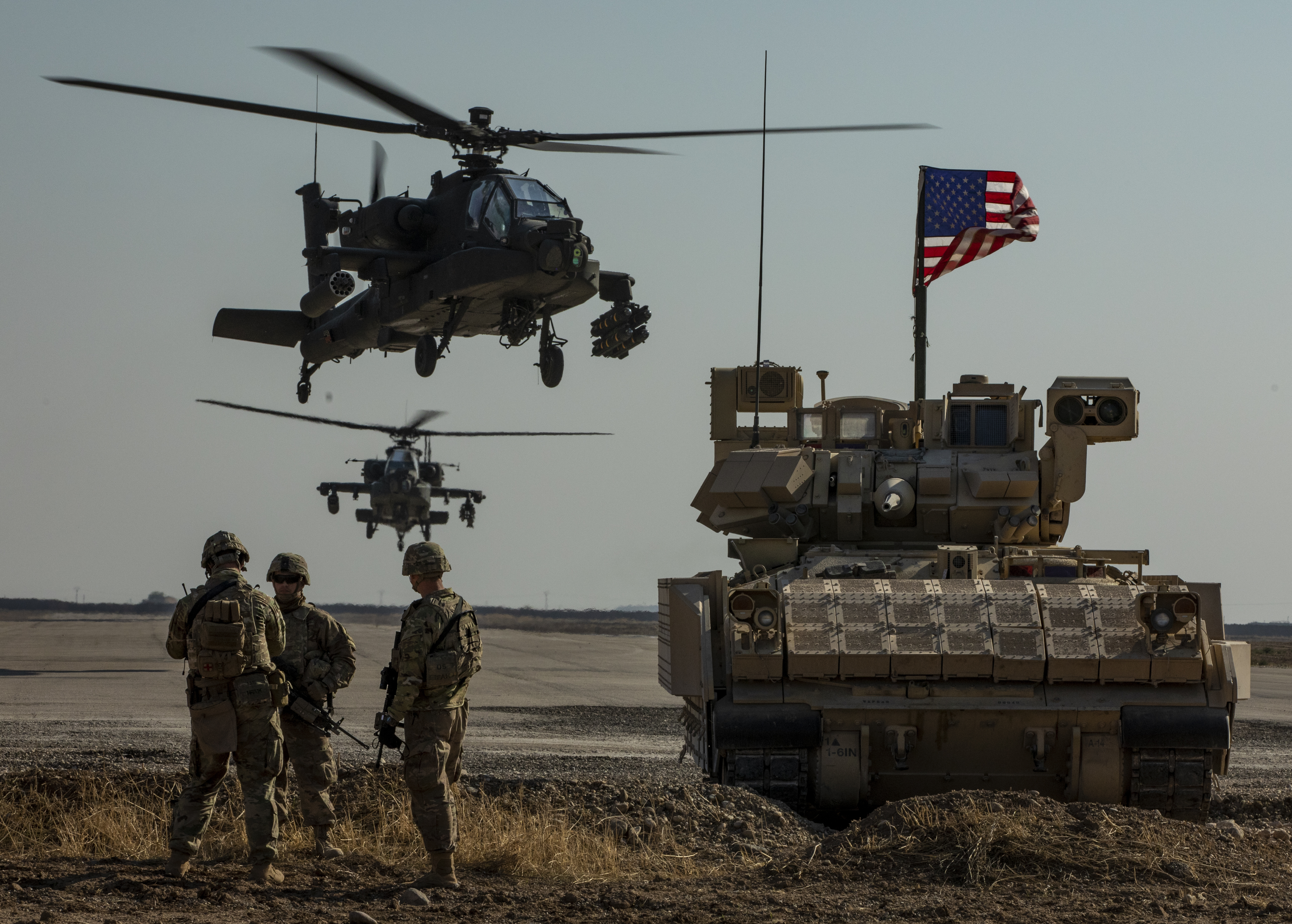|
German Tanks In World War II
Nazi Germany developed numerous tank designs used in World War II. In addition to domestic designs, Germany also used various captured and foreign-built tanks. German tanks were an important part of the Wehrmacht and played a fundamental role during the whole war, and especially in the blitzkrieg battle strategy. In the subsequent more troubled and prolonged campaigns, German tanks proved to be adaptable and efficient adversaries to the Allies of World War II, Allies. When the Allied forces technically managed to surpass the earlier German tanks in battle, they still had to face the experience and skills of the German tank crews and most powerful and technologically advanced later tanks, such as the Panther, the Tiger I and Tiger II, which had the reputation of being fearsome opponents. The ''Panzer'' name ''Panzer'' (; ) is a German language, German word that means "armour". It derives through the French language, French word , "breastplate", from Latin language, Latin , "belly ... [...More Info...] [...Related Items...] OR: [Wikipedia] [Google] [Baidu] |
Bundesarchiv Bild 146-1975-102-14A, Panzer VI (Tiger II, Königstiger)
The German Federal Archives or Bundesarchiv (BArch) (, lit. "Federal Archive") are the national archives of Germany. They were established at the current location in Koblenz in 1952. They are subordinated to the Federal Commissioner for Culture and the Media (Claudia Roth since 2021) under the German Chancellery, and before 1998, to the Federal Ministry of the Interior (Germany), Federal Ministry of the Interior. On 6 December 2008, the Archives donated 100,000 photos to the public, by making them accessible via Wikimedia Commons. History The federal archive for institutions and authorities in Germany, the first precursor to the present-day Federal Archives, was established in Potsdam, Brandenburg in 1919, a later date than in other European countries. This national archive documented German government dating from the founding of the North German Confederation in 1867. It also included material from the older German Confederation and the Imperial Chamber Court. The oldest docum ... [...More Info...] [...Related Items...] OR: [Wikipedia] [Google] [Baidu] |
Blitzkrieg
''Blitzkrieg'(Lightning/Flash Warfare)'' is a word used to describe a combined arms surprise attack, using a rapid, overwhelming force concentration that may consist of armored and motorized or mechanized infantry formations, together with artillery, air assault, and close air support. The intent is to break through an opponent's lines of defense, dislocate the defenders, confuse the enemy by making it difficult to respond to the continuously changing front, and defeat them in a decisive : a battle of annihilation. During the interwar period, aircraft and tank technologies matured and were combined with the systematic application of the traditional German tactic of (maneuver warfare), involving the deep penetrations and the bypassing of enemy strong points to encircle and destroy opposing forces in a (cauldron battle/battle of encirclement). During the invasion of Poland, Western journalists adopted the term ''blitzkrieg'' to describe that form of armored warfare. The ... [...More Info...] [...Related Items...] OR: [Wikipedia] [Google] [Baidu] |
Magdeburg
Magdeburg (; ) is the Capital city, capital of the Germany, German States of Germany, state Saxony-Anhalt. The city is on the Elbe river. Otto I, Holy Roman Emperor, Otto I, the first Holy Roman Emperor and founder of the Archbishopric of Magdeburg, was buried in the city's Magdeburg Cathedral, cathedral after his death. Magdeburg's version of German town law, known as Magdeburg rights, spread throughout Central Europe, Central and Eastern Europe. In the Late Middle Ages, Magdeburg was one of the largest and most prosperous German cities and a notable member of the Hanseatic League. One of the most notable people from the city was Otto von Guericke, famous for his experiments with the Magdeburg hemispheres. Magdeburg has experienced three major devastations in its history. In 1207 the first catastrophe struck the city, with a fire burning down large parts of the city, including the Magdeburg Cathedral#Previous building, Ottonian cathedral. The Catholic League (German), Catholi ... [...More Info...] [...Related Items...] OR: [Wikipedia] [Google] [Baidu] |
Krupp
Friedrich Krupp AG Hoesch-Krupp (formerly Fried. Krupp AG and Friedrich Krupp GmbH), trade name, trading as Krupp, was the largest company in Europe at the beginning of the 20th century as well as Germany's premier weapons manufacturer during both world war, world wars. It produced battleship, battleships, U-boats, tanks, howitzers, guns, utilities, and hundreds of other commodities. The company also produced steel used to build railroads in the United States and to cap the Chrysler Building. After the Nazi Germany, Nazis seized power in Germany, Krupp supported the regime and was one of many German businesses that profited from forced labour under German rule during World War II, slave labor during World War II. Upon the war's end, the head of the company, Alfried Krupp, was tried and convicted as a war criminal for employing prisoners of war, foreign civilians and concentration camp inmates under inhumane conditions in support of the Nazi war effort. Despite being senten ... [...More Info...] [...Related Items...] OR: [Wikipedia] [Google] [Baidu] |
Invasion Of Poland
The invasion of Poland, also known as the September Campaign, Polish Campaign, and Polish Defensive War of 1939 (1 September – 6 October 1939), was a joint attack on the Second Polish Republic, Republic of Poland by Nazi Germany, the Slovak Republic (1939–1945), Slovak Republic, and the Soviet Union, which marked the beginning of World War II. The German invasion began on 1 September 1939, one week after the signing of the Molotov–Ribbentrop Pact between Germany and the Soviet Union, and one day after the Supreme Soviet of the Soviet Union had approved the pact. The Soviet invasion of Poland, Soviets invaded Poland on 17 September. The campaign ended on 6 October with Germany and the Soviet Union dividing and annexing the whole of Poland under the terms of the German–Soviet Frontier Treaty. The aim of the invasion was to disestablish Poland as a sovereign country, with its citizens destined for The Holocaust, extermination. German and Field Army Bernolák, Slovak forces ... [...More Info...] [...Related Items...] OR: [Wikipedia] [Google] [Baidu] |
Prototype
A prototype is an early sample, model, or release of a product built to test a concept or process. It is a term used in a variety of contexts, including semantics, design, electronics, and Software prototyping, software programming. A prototype is generally used to evaluate a new design to enhance precision by system analysts and users. Prototyping serves to provide specifications for a real, working system rather than a theoretical one. Physical prototyping has a long history, and paper prototyping and virtual prototyping now extensively complement it. In some design workflow models, creating a prototype (a process sometimes called materialization) is the step between the Formal specification, formalization and the evaluation of an idea. A prototype can also mean a typical example of something such as in the use of the derivation prototypical. This is a useful term in identifying objects, behaviours and concepts which are considered the accepted norm and is analogous with terms ... [...More Info...] [...Related Items...] OR: [Wikipedia] [Google] [Baidu] |
Panzer III
The ''Panzerkampfwagen III (Pz.Kpfw. III)'', commonly known as the Panzer III, was a medium tank developed in the 1930s by Nazi Germany, Germany, and was used extensively in World War II. The official German ordnance designation was List of Sd.Kfz. designations, Sd.Kfz. 141. It was intended to fight other armoured fighting vehicles and serve alongside and support the similar Panzer IV, which was originally designed for infantry support. Initially, the Panzer III had the same 3.7 cm gun as the infantry used in an anti-tank role, but later models were given the 5 cm KwK 38 gun. This was the largest gun that could be fitted within the physical limitations of the turret ring, but it turned out to be ineffective against Soviet T-34 and Kliment Voroshilov tank, KV-1 tanks. The Panzer IV, which had a larger turret ring, was redesigned to mount the long-barrelled 7.5 cm KwK 40 gun and became the main German tank instead. Produced from 1942 onwards, the last version of the Panzer III ... [...More Info...] [...Related Items...] OR: [Wikipedia] [Google] [Baidu] |
Armored Fighting Vehicle
An armoured fighting vehicle (British English) or armored fighting vehicle (American English) (AFV) is an armed combat vehicle protected by armour, generally combining operational mobility with offensive and defensive capabilities. AFVs can be wheeled or tracked. Examples of AFVs are tanks, armoured cars, assault guns, self-propelled artilleries, infantry fighting vehicles (IFV), and armoured personnel carriers (APC). Armoured fighting vehicles are classified according to their characteristics and intended role on the battlefield. The classifications are not absolute; two countries may classify the same vehicle differently, and the criteria change over time. For example, relatively lightly armed armoured personnel carriers were largely superseded by infantry fighting vehicles with much heavier armament in a similar role. Successful designs are often adapted to a wide variety of applications. For example, the MOWAG Piranha, originally designed as an APC, has been adapted ... [...More Info...] [...Related Items...] OR: [Wikipedia] [Google] [Baidu] |
Germany
Germany, officially the Federal Republic of Germany, is a country in Central Europe. It lies between the Baltic Sea and the North Sea to the north and the Alps to the south. Its sixteen States of Germany, constituent states have a total population of over 84 million in an area of , making it the most populous member state of the European Union. It borders Denmark to the north, Poland and the Czech Republic to the east, Austria and Switzerland to the south, and France, Luxembourg, Belgium, and the Netherlands to the west. The Capital of Germany, nation's capital and List of cities in Germany by population, most populous city is Berlin and its main financial centre is Frankfurt; the largest urban area is the Ruhr. Settlement in the territory of modern Germany began in the Lower Paleolithic, with various tribes inhabiting it from the Neolithic onward, chiefly the Celts. Various Germanic peoples, Germanic tribes have inhabited the northern parts of modern Germany since classical ... [...More Info...] [...Related Items...] OR: [Wikipedia] [Google] [Baidu] |
Combined Arms
Combined arms is an approach to warfare that seeks to integrate different combat arms of a military to achieve mutually complementary effects—for example, using infantry and armoured warfare, armour in an Urban warfare, urban environment in which each supports the other. According to the strategist William S. Lind, combined arms can be distinguished from the concept of "supporting arms" as follows: Combined arms hits the enemy with two or more arms simultaneously in such a manner that the actions he must take to defend himself from one make him more vulnerable to another. In contrast, supporting arms is hitting the enemy with two or more arms in sequence, or if simultaneously, then in such combination that the actions the enemy must take to defend himself from one also defends himself from the other(s). Though the lower-military rank, echelon units of a combined arms team may be of similar types, a balanced mixture of such units are combined into an effective higher-echelon ... [...More Info...] [...Related Items...] OR: [Wikipedia] [Google] [Baidu] |
Phoney War
The Phoney War (; ; ) was an eight-month period at the outset of World War II during which there were virtually no Allied military land operations on the Western Front from roughly September 1939 to May 1940. World War II began on 3 September 1939 with declarations of war by the United Kingdom and France against Germany, but with little actual warfare occurring. Thus began the "Phoney" period. Although the Western Allies did not conduct major military actions during the Phoney War, they did implement economic warfare, especially a naval blockade of Germany, and they shut down German surface raiders. They meanwhile formulated elaborate plans for large-scale operations designed to cripple the German war effort. The plans included opening an Anglo-French front in the Balkans, invading Norway to seize control of Germany's main source of iron ore, and imposing an embargo against the Soviet Union which was Germany's primary oil supplier. By April 1940, the execution of the No ... [...More Info...] [...Related Items...] OR: [Wikipedia] [Google] [Baidu] |









